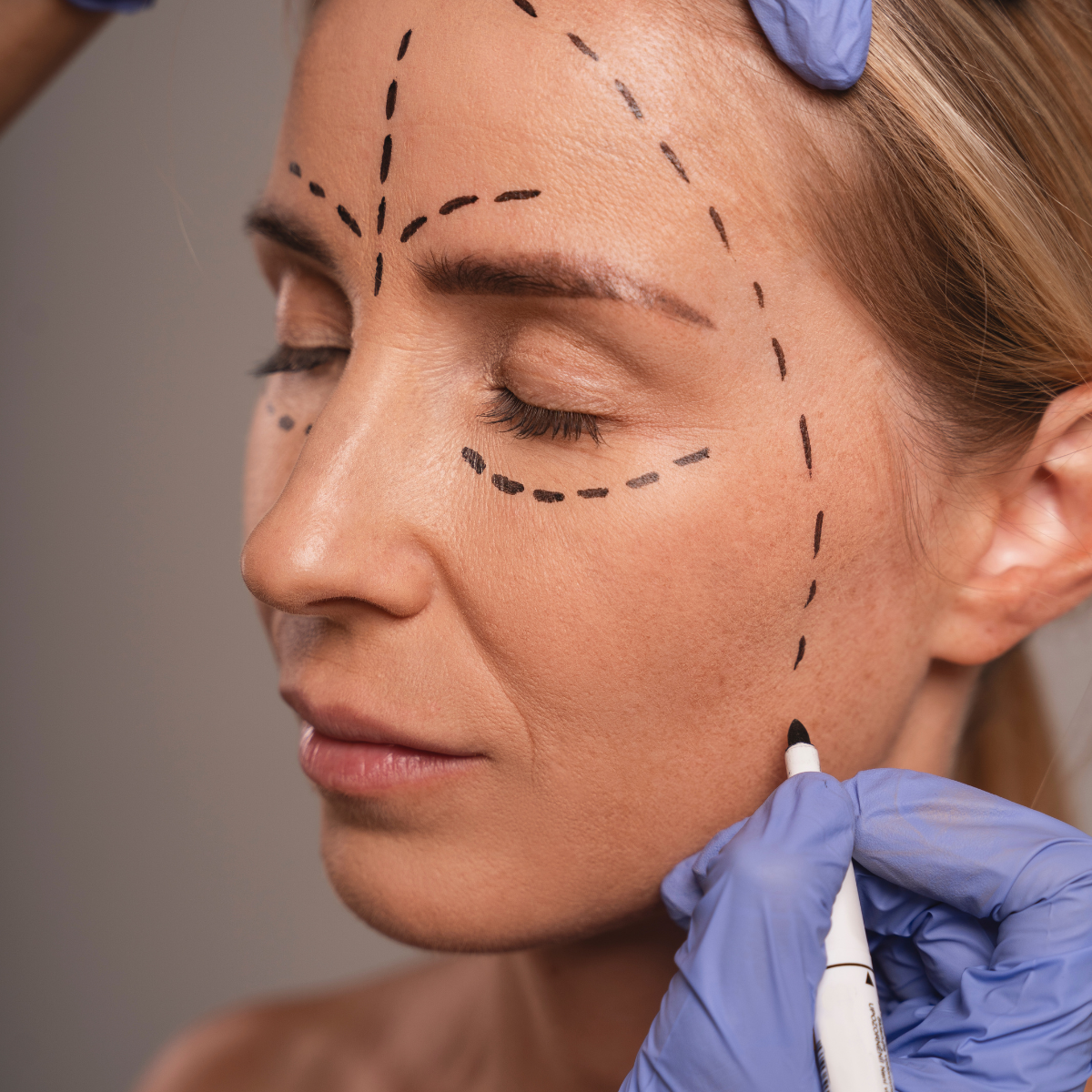Safe Recovery After a Facelift: A Complete Post-Surgery Care Guide

Facelift surgery is a cosmetic procedure aimed at rejuvenating the face by tightening sagging skin and improving facial contours. It helps restore a more youthful appearance by addressing signs of aging such as drooping skin and loss of firmness. Surgeons select the most appropriate surgical technique based on the condition of each patient's skin and individual aesthetic goals.

The success of a facelift is not solely dependent on the surgeon’s skills or the surgical technique used. Proper post-operative care plays an equally important role. Diligent self-care after surgery helps reduce the risk of complications and ensures optimal, long-lasting results.
In the first 48 hours after surgery, patients typically experience swelling and bruising around the treated area. Pain is usually mild, as the procedure is performed under either general or local anesthesia. During the next few days, swelling, tightness, and numbness may persist, with gradual improvement. It is crucial to keep the surgical site dry and avoid all contact with water during this time.
From the first to the second week, most swelling and bruising begin to fade. By the end of the second week, these symptoms usually resolve significantly. Between the first and third months, the surgical scars may appear red and slightly raised, which is a normal part of the healing process. Numbness or reduced skin sensation will gradually improve during this stage.
By the sixth to twelfth month, scars will fade further and all residual symptoms should subside. One year after surgery, the final results become fully visible. The improved appearance typically lasts for five to ten years, depending on the individual’s skin condition, lifestyle, and ongoing care.
During the initial recovery period, applying cold compresses around the surgical area helps to reduce swelling. This should be done consistently during the first 48 hours. After that, alternating between cold and warm compresses can support healing over the next two weeks.
Wearing facial compression garments is also essential. In the first week, patients should wear the garment continuously for 24 hours a day. After the first week, it should be worn for at least 10 to 12 hours daily for up to six months to maintain the contour and support healing tissues.
Sleep position matters. Patients should avoid lying flat or sleeping face down during the first week. Elevating the head while sleeping helps minimize swelling. Getting sufficient rest during the first few days is important, and any activities that could cause impact or trauma to the surgical area should be avoided.
Strenuous physical activity should be paused for at least two weeks. High-intensity workouts or exercises should be avoided for at least a month to allow proper healing. Personal hygiene practices, such as washing hair, should be postponed until the stitches are removed—typically around 14 to 21 days after the procedure. It is essential to take all medications as prescribed and attend all follow-up appointments with the surgeon.
Patients should watch for any unusual symptoms such as excessive swelling or abnormal bleeding and seek medical attention immediately if these occur.
Dietary restrictions during the recovery phase are important. Spicy or strongly flavored foods should be avoided for about one month, as they can irritate healing tissues. Highly salty foods may lead to water retention and increased swelling. Pickled foods and seafood should be avoided for at least two weeks due to their potential to cause allergic reactions or inflammation. Raw or undercooked foods, such as pickled crab or raw shrimp, should also be avoided to reduce the risk of bacterial infections. Alcohol should not be consumed for at least one week following surgery.

Some activities must be strictly avoided to ensure proper wound healing. The surgical site should not come into contact with water for the first few days. Hair washing and direct water exposure should be avoided for at least 10 to 14 days. Smoking should be discontinued for two months, as it impairs healing and increases the risk of infection. Hair coloring and the use of heat styling tools should be postponed for six weeks to prevent irritation or damage to the healing area.
Patients should avoid sleeping face down or on their side during the first two weeks to avoid pressure on the surgical site. It is also important not to touch, press, pick at, or scratch the wound, as this can damage healing tissues and lead to complications.
In summary, a facelift is an effective procedure for addressing sagging facial skin and restoring youthful contours. While surgical technique is important, achieving the best results depends heavily on proper self-care during recovery. Patients who carefully follow post-operative instructions are more likely to heal safely and enjoy long-lasting, satisfying outcomes.
Translated and compiled by ArokaGO Content Team
Source: URClinicKorat
UR Clinic
Share this article
More Articles
Discover more insights on health care and medical tourism.

What Is Hand Tremor? Understanding the Causes and the Right Ways to Treat It
Hand tremors are a common issue that many people experience in daily life—whether holding a cup of coffee, writing, or using a mobile phone. Noticing your hands shaking can be worrying, but in reality, tremors vary widely in severity and can arise from many different causes, ranging from minor, temporary issues to medical conditions that require proper treatment. This article will help you understand what hand tremors are, the underlying causes, and the correct treatment approaches, so you can take care of your health confidently and effectively.

Assisted Reproductive Technology (IVF / ICSI)
Starting a family is one of life’s most meaningful milestones, yet some couples may require additional support through modern reproductive technologies such as IVF or ICSI. These methods significantly enhance the chances of achieving a safe and successful pregnancy. This guide provides a clear overview of everything you need to know before beginning treatment—from required documents and pre-treatment preparation for both men and women, to each step of the IVF/ICSI process and the timeline involved. With this information, couples can approach their fertility journey with confidence, clarity, and proper medical guidance.

45+ Ageism AI Human Value
Recently, many have heard news about companies refusing to hire people aged 45 and above. This reflects the reality of Ageism age-based discrimination in labor markets both in Thailand and abroad.